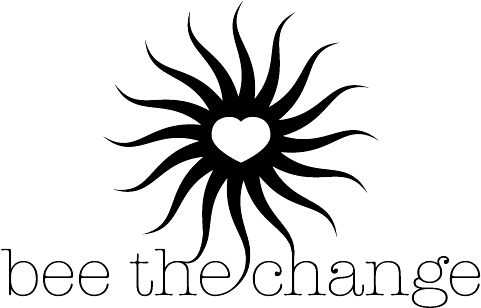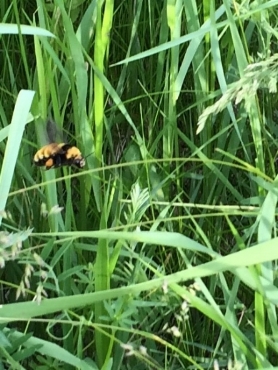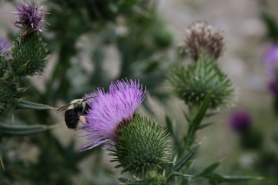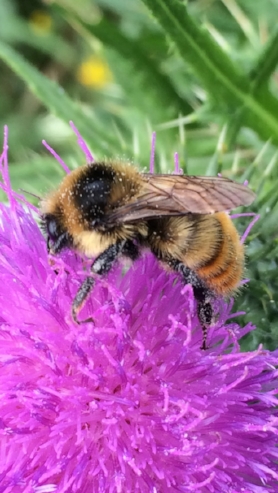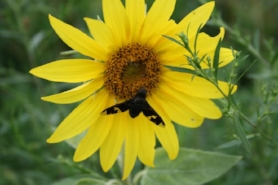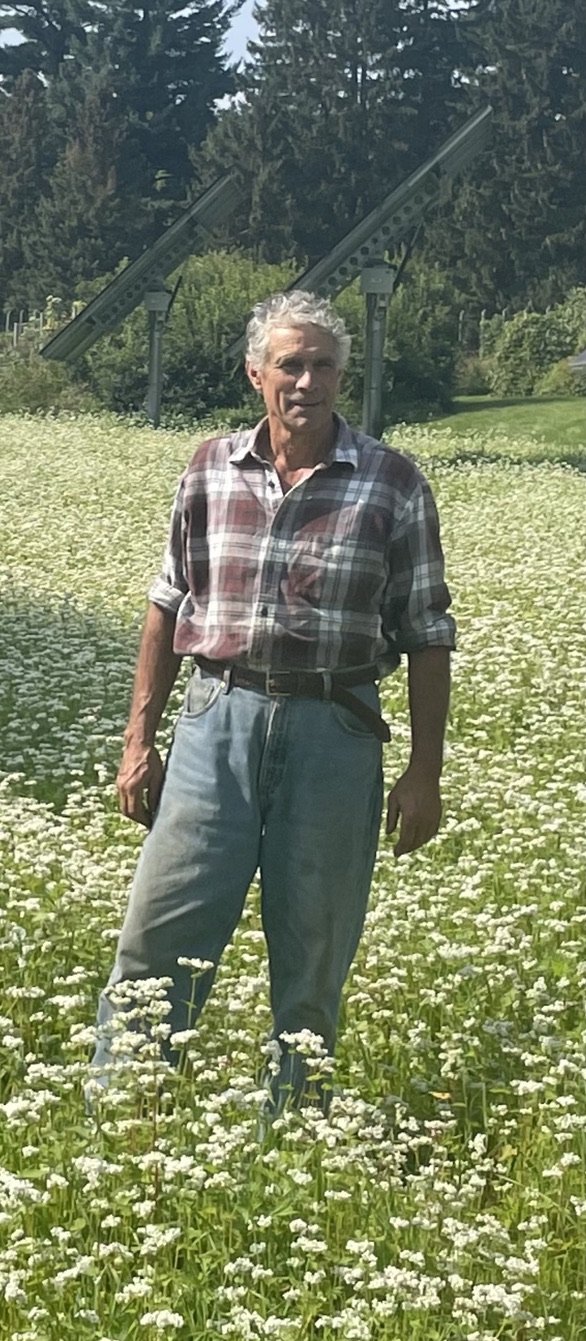we have created habitat equivalent to every Vermont household planting a 12’ X 12’ pollinator garden
We began by seizing an opportunity in the unused space in solar fields.
Most solar fields are covered with stone or planted with turf grass. We feel that this is a missed opportunity. bee the change places a diverse array of plantings in and around the solar field, with the goal of supporting a diverse array of pollinators. We have installed habitat in fields as small as an acre and as large as 50 acres across the region, creating habitat equivalent to every Vermont household creating a 10 by 10’ pollinator garden.
Our Mission
We are creating habitat to support pollinators. In addition to creating habitat and measuring for success, we consider it a part of our mission to increase understanding about the importance of biodiversity and the key role that pollinators play.
The Impact
Our first field, installed in May 2015, and we have 30 solar fields installed to support pollinators and have created habitat in dozens of towns and assisted hundreds of back yard gardners. Does it make a difference? A survey of the pollinator population in our first year at the South Ridge field in Middlebury demonstrated 34 unique pollinator encounters in a 15 minute period (not bad, actually, often there are fewer). One year later, surveying the same plots, we encountered 174 unique pollinators in 15 minutes . Within three years we will usually see greater than 10X increase. That impact will increase the fertilization of plants beyond the boundaries of the solar field and support downstream species who rely on that productivity- birds, fish, other wildlife and, of course, human beings.
our team
Mike Kiernan | native beekeeper
Tawnya Kiernan | plant whisperer
Paul Seiler I Pollinator habitat management
